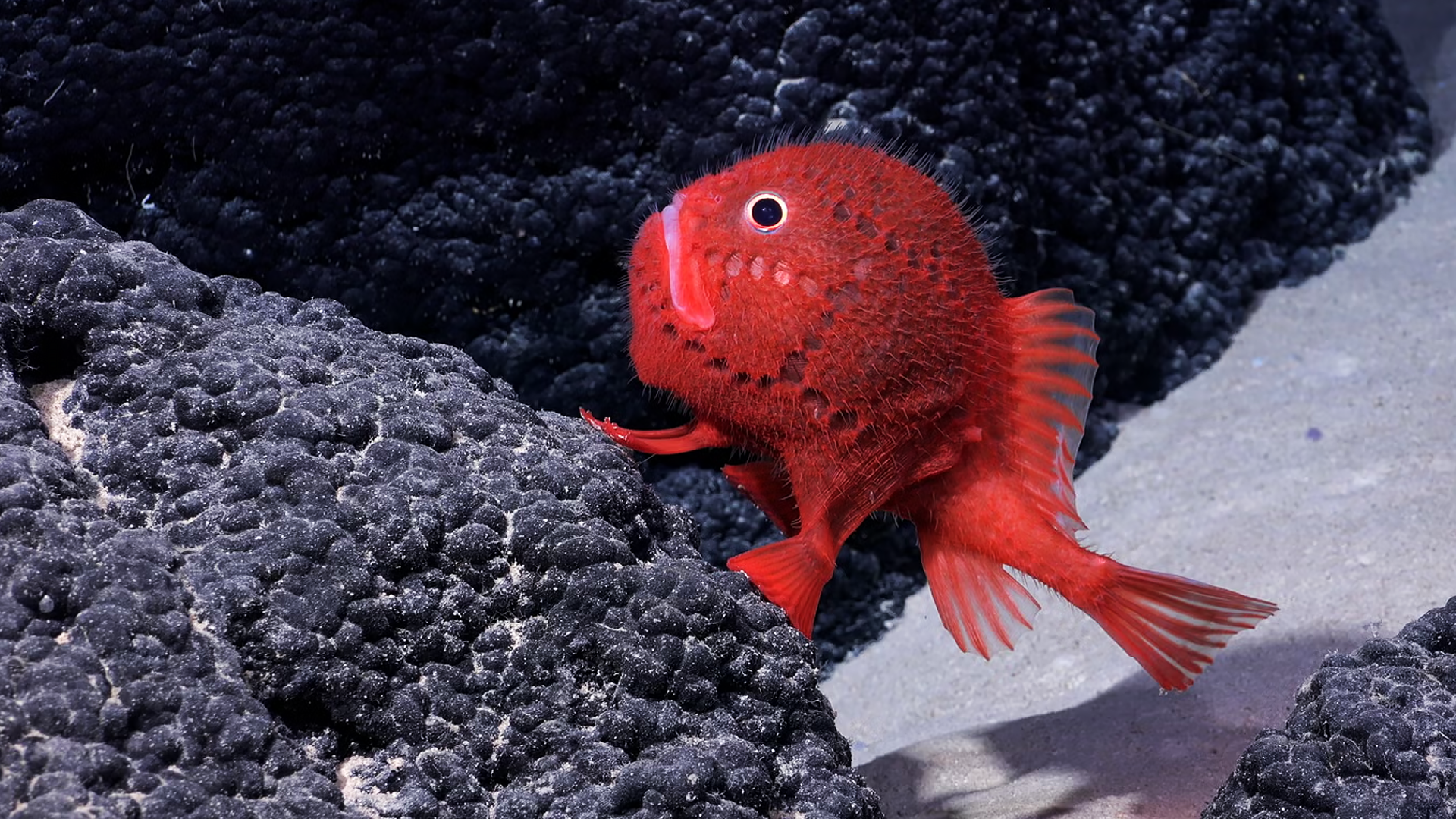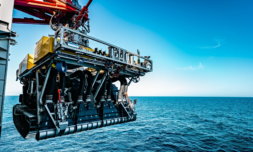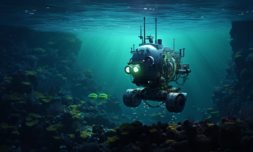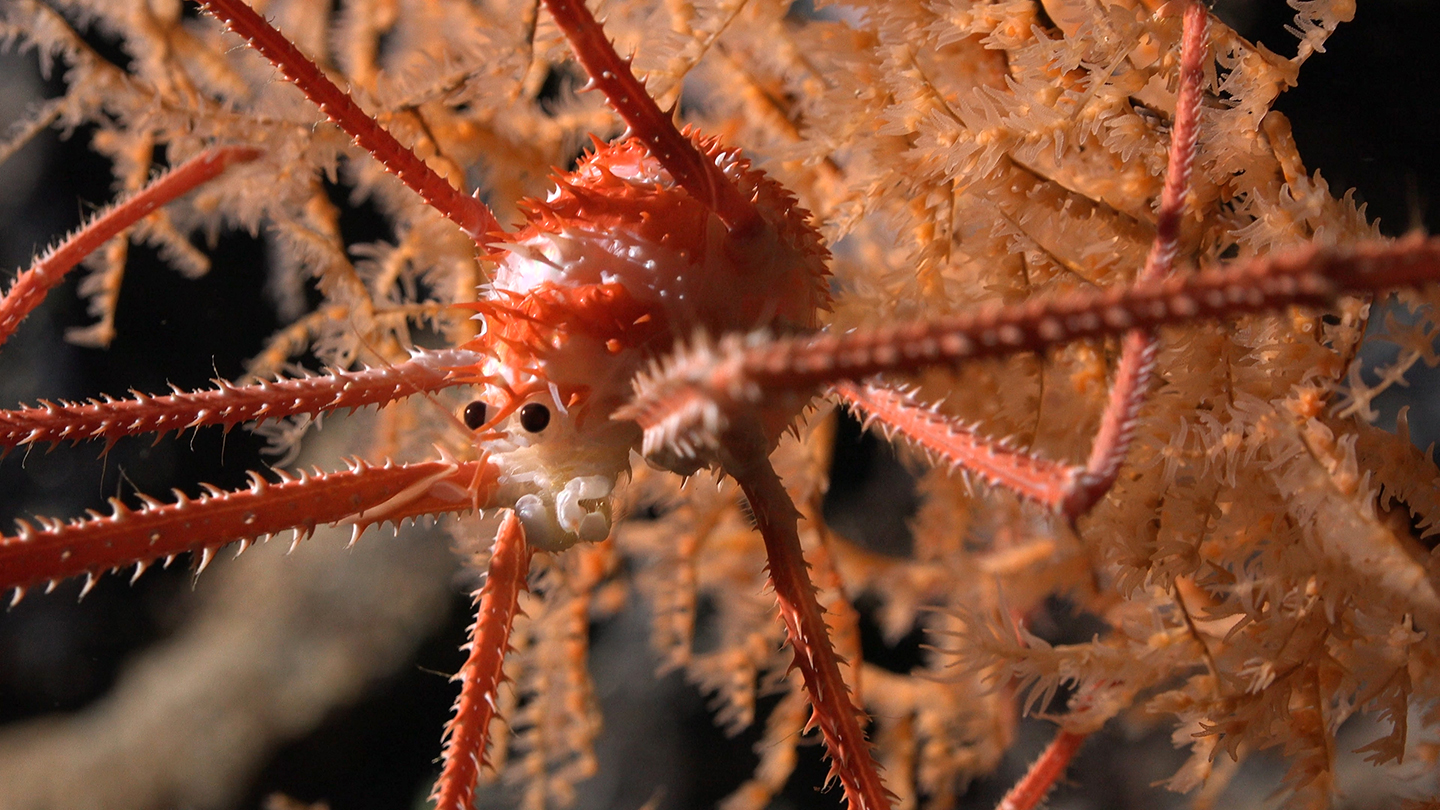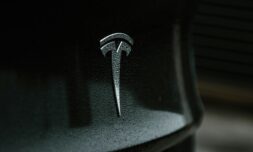Off the coast of Chile, up to 3,530 metres below sea level, scientists have discovered over 100 previously unknown species living on an underwater mountain.
The planet’s biological tapestry is significantly richer than we knew last week.
Scientists from the Schmidt Ocean Institute have just discovered 100 new species living on an underwater water mountain off the coast of Chile and Easter Island.
Stretching 2,900 kilometres, the rocky formation dubbed the Salas y Gomez Ridge is reportedly home to variants of deep-sea corals, glass sponges, sea urchins, amphipods, squat lobsters, and other mysterious marine creatures previously unknown to science.
Exploring seamounts both inside and outside of Chile’s jurisdiction, researchers used an underwater robot capable of descending depths of up to 4,500 metres to search unexplored areas potentially in need of high-seas protection orders.
View this post on Instagram
Upon mapping out a previously uncharted seafloor of 52,777 kilometres, the device beamed high definition images from 600 metres below the surface back to the vessel. The team were thrilled to see the mountain was teaming with a ‘mind blowing’ amount of life.
‘We far exceeded our hopes on this expedition. You always expect to find new species in these remote and poorly explored areas, but the amount we found, especially for some groups like sponges, is mind-blowing,’ lead scientists Dr Javier Sellanes explained.









